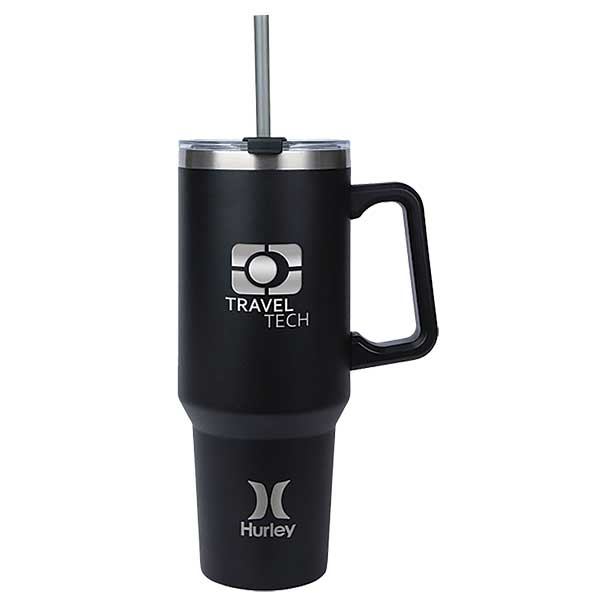18.3%
Percentage of U.S. gross domestic product that healthcare spending accounted for in 2021.
(Centers for Medicare & Medicaid Services)
For distributors and the markets they sell to, it’s a delicate dance. On one hand, distributors are expected to know a market inside and out to provide the absolute best solutions. And on the other, they need to actively diversify their client base – the wisdom of which has once again been proven by the events of the last few years. Distributors must broaden their knowledge and go deep when it matters most.
So let our annual Big Markets guide help. We take a look at five of the biggest markets for promo, and offer the top-down view as well as surefire strategies from distributors and winning product picks. If you’re looking to get into a new market or drive your success in a current one, we have you covered.
While PPE drove distributor business with promo healthcare clients at the onset of the COVID-19 pandemic, there’s been a return of demand for more traditional promo items – drinkware, writing instruments, wearables – to this $4.3 trillion sector.
A thriving industry, McKinsey & Company says healthcare profit pools will rise to $790 billion by 2026, up 21% from 2021. Meanwhile, new niche opportunities in the market – the second largest for promo – continue to expand for distributors, such as with the growing $30 billion telemedicine division.
Notably, securing adequate labor levels figures to be a continued challenge for hospitals/post-acute care centers and physician practices, among others, making merch-driven employee retention and recognition initiatives of prime importance. Attractive packaging – ASI Media’s 2022 Product of the Year – can help enhance the impact of these initiatives.
Ashley Moss, a marketing specialist at Top 40 distributor Geiger (asi/202900) who works with healthcare clients, says that “helping hospitals find ways to make their workers feel appreciated is a big opportunity for our industry.”
Product Pick
THIS HURLEY 40-OZ. VACUUM-INSULATED TRAVEL MUG (CH1000) makes an excellent centerpiece or addition to an employee appreciation package for always-on-the-go nurses, doctors and other healthcare staffers. It features a lid with 3-in-1 functionality for sipping, swigging or slurping (straw included).
Product Pick
FROM LARGE REGIONAL HEALTH SYSTEMS to small independent dentist offices, the need for quality uniforms abounds. Nothing wrong with adding some comfort and extra-pocket practicality to those workwear ensembles, which is what end-users get with this WonderWink women’s flex cargo pant (WW4158).

4 Distributor Tips
Through strong relationships with industry suppliers, Emily Mittelkamp-Knief, a senior sales executive with Stran & Company (asi/337725), is able to meet the needs of long-term care facilities and rehabilitative centers and build her network of clients through referrals. Here are her top tips.
1 Understand the end-user. “The healthcare industry has many events for different demographics, whether it’s for the community, the residents/patients, the families of the residents, the board members, the employees, etc.,” says Mittelkamp-Knief. “Know who the initiative is for to ensure you’re providing the correct products.”
2 Track your clients’ calendars. Healthcare has lots of holidays and national weeks. Send your clients ideas for these initiatives three to four months ahead of time, Mittelkamp-Knief says. She recommends building advance reminders into your personal calendar so you don’t miss anything.
3 Target uniforms and personal care items. Mittelkamp-Knief says: “Uniforms are big, as is anything that communicates with the community or can be used to reward or incentivize. Seasonal items are always super popular – and anything antimicrobial. Clients are also purchasing a lot of personal care items because of rehabilitative programs they have set up.”
4 Leverage internal referrals: There often can be multiple – sometimes many – potential clients within healthcare entities, especially when it comes to large health networks. Once you do a good job for one buyer and establish a relationship with that person, ask them who else within their organization you may also be able to help with the solutions you provide. Doing so can open the door to new business and further embed you as a powerful partner to the organization as a whole.


